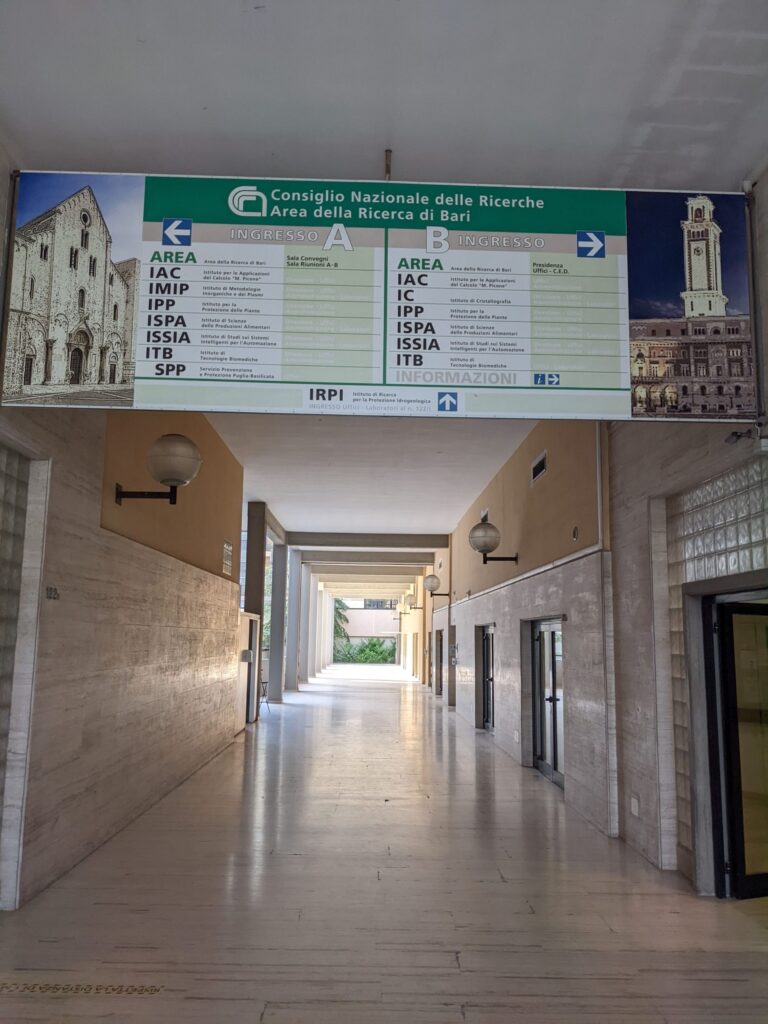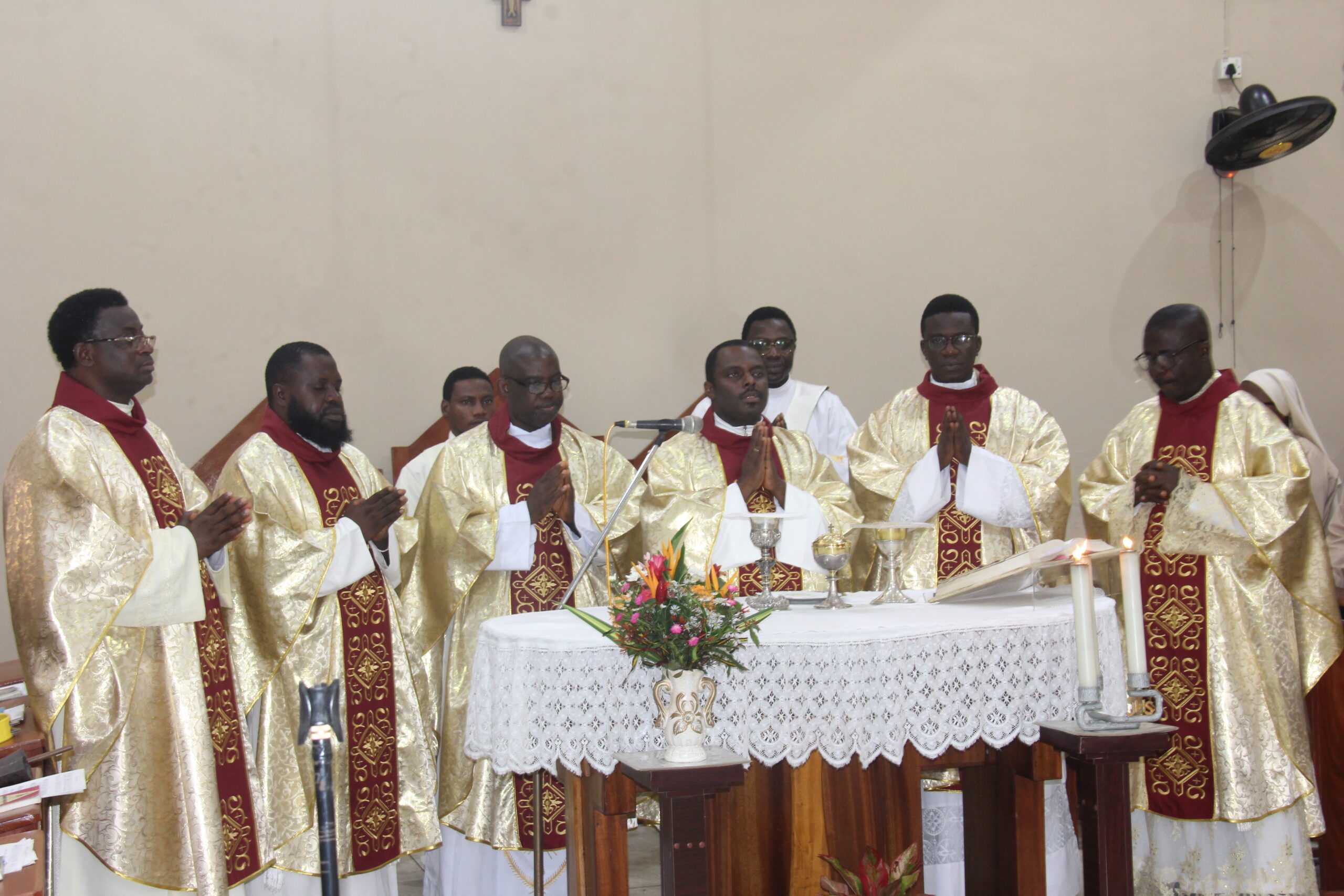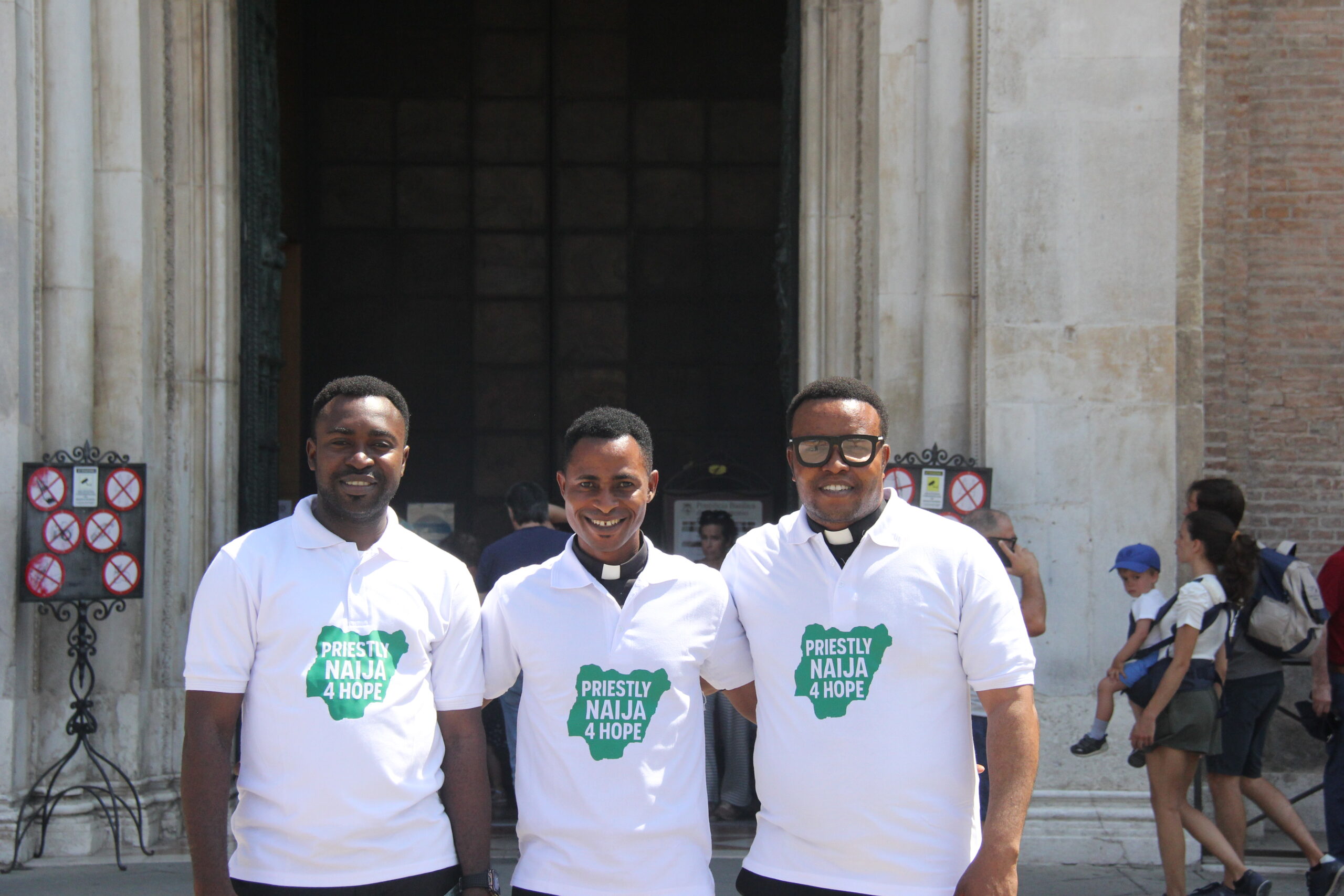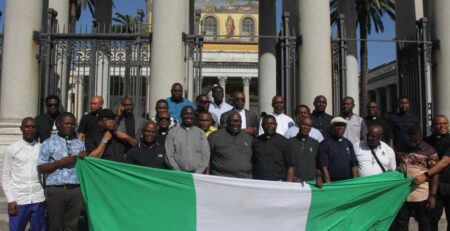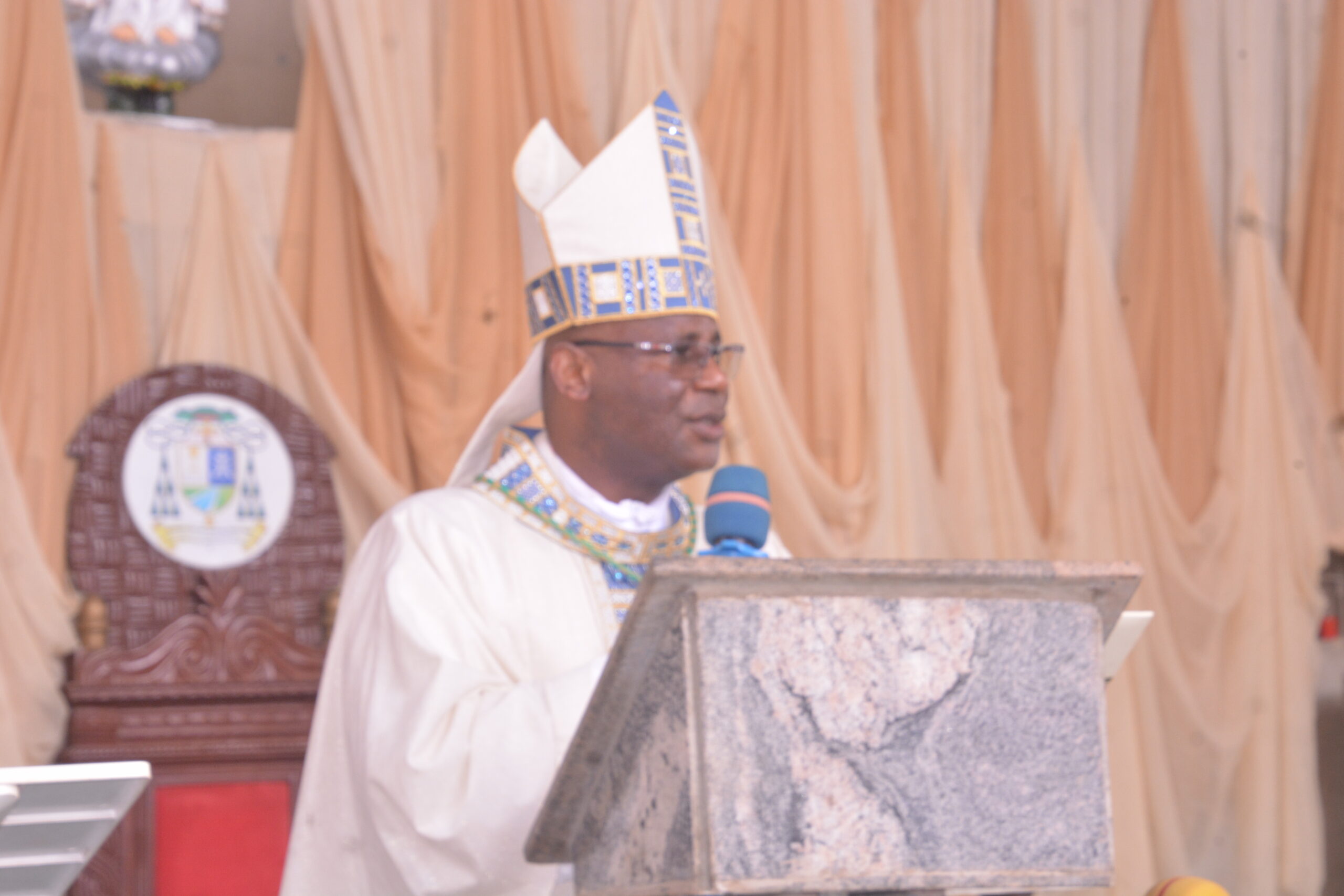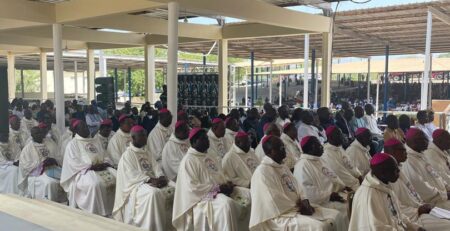BREAKING NEWS: SHROUD OF TURIN’S NEW EVIDENCE AND AI ANALYSIS REAFFIRM ANCIENT ORIGINS
By Fr. Anthony Adetayo
New evidence has emerged reaffirming the Shroud of Turin’s existence dating back over 2,000 years. Italy’s Institute of Crystallography used advanced X-ray dating on 10th September 2024, revealing results that contradict 1988’s radiocarbon dating.
The Shroud of Turin, a piece of cloth bearing the image of a crucified man, has long been a topic of debate among historians, scientists, and theologians. Recently, groundbreaking research has reaffirmed its existence dating back over 2,000 years.
In 1988, radiocarbon dating suggested the shroud originated in the Middle Ages. However, a new X-ray dating method conducted by Italy’s Institute of Crystallography has revealed results indicating the cloth is significantly older. This innovative technique analyzes the radiation damage on the linen’s crystal structure, providing a more accurate estimate of its age.
The image on the cloth is a negative image, meaning it appears as a photographic negative would. This unique characteristic has puzzled scientists and art historians for centuries.
The wounds and bloodstains on the image match the biblical account of Jesus’ crucifixion. The image has been extensively studied, and no pigments or painting techniques have been found to explain its creation.
Many people have reported profound spiritual experiences and conversions after encountering the Shroud.
AI-Generated Image
In addition, researchers have utilized artificial intelligence to create a stunning image of Jesus based on the face imprinted on the shroud. This AI-generated portrait, which has gone viral on social media, remarkably resembles traditional depictions of Jesus. The AI algorithm enhanced and clarified the image, revealing intricate details previously unseen.
Other recent findings supporting the shroud’s ancient origins include:
1. Bloodstains: Analysis confirms the presence of human blood, consistent with a violent death.
2. Pollen grains: Pollen from plants native to the Middle East, dating back to the 1st century, were found on the cloth.
3. Textile analysis: The shroud’s weave and fabric are consistent with ancient Jewish burial practices.
Many journalists say that these discoveries have significant implications for historians, theologians, and believers. While debates continue, the cumulative evidence from various fields reinforces the shroud’s ancient origins. As technology advances, further research will likely shed more light on this fascinating artifact.
Other institutes that have confirmed this evidence include
– Institute of Crystallography, Italy
– National Institute of Nuclear Physics, Italy
– Shroud of Turin Research Project, USA
Christians should be receptive to the Shroud’s spiritual significance, and allow it to touch their heart and deepen their faith.
